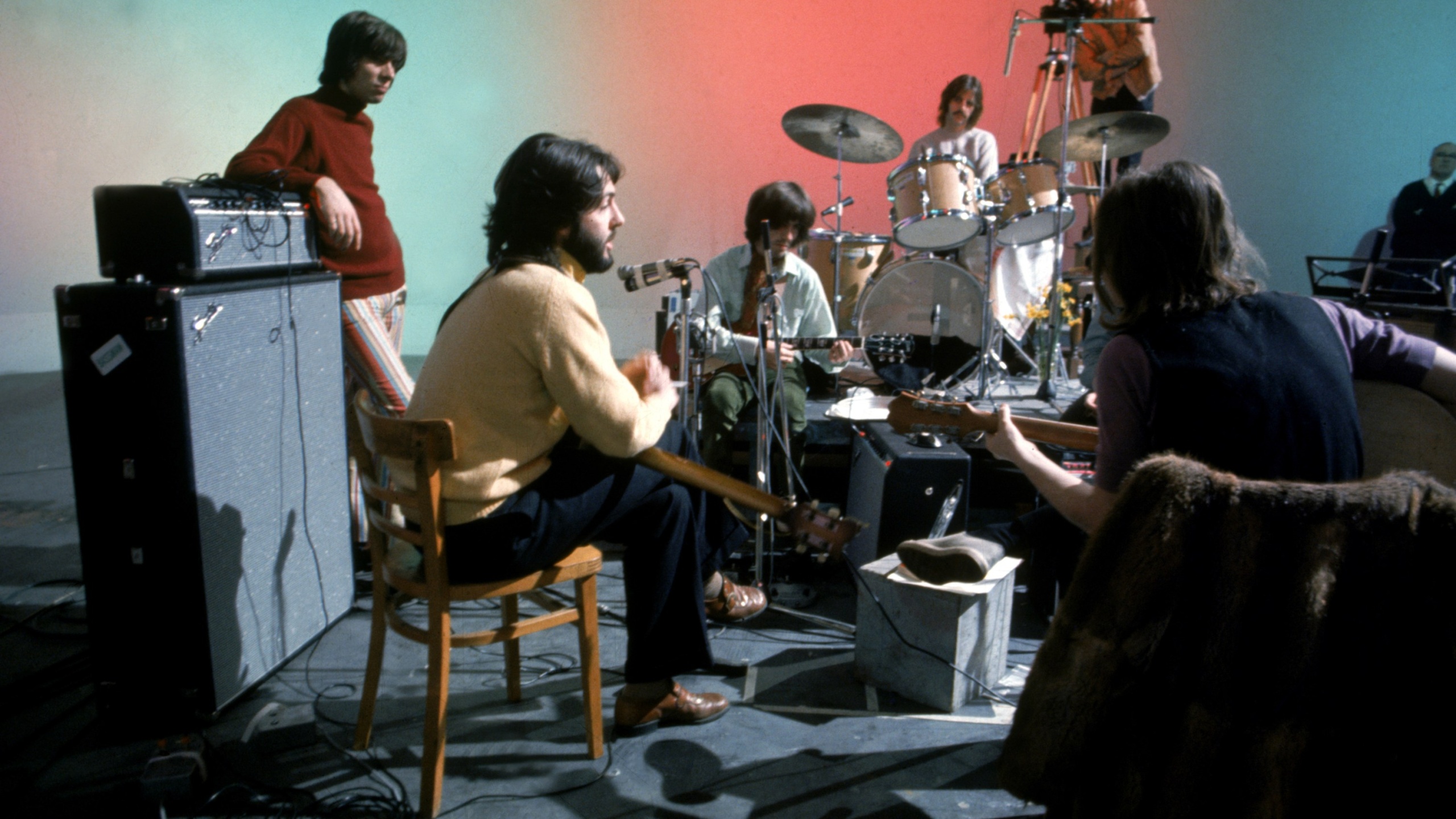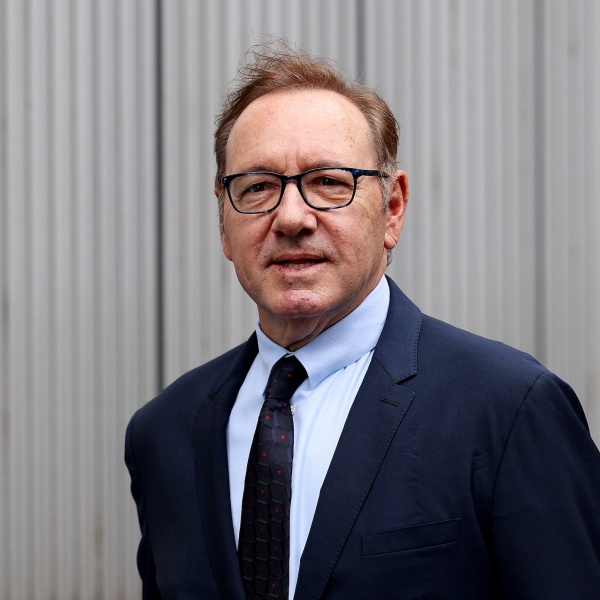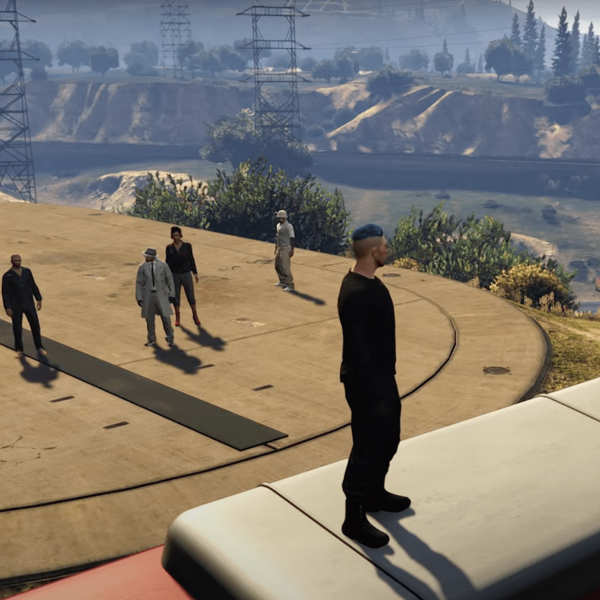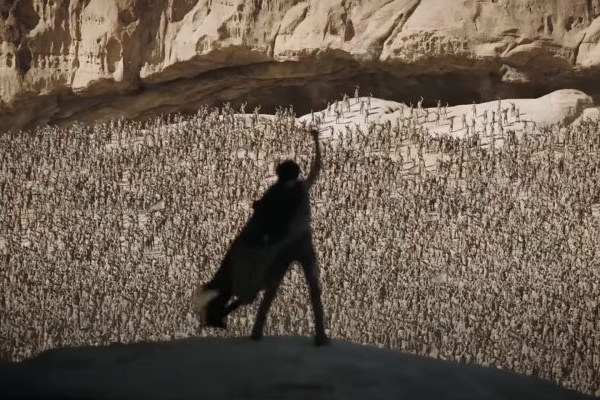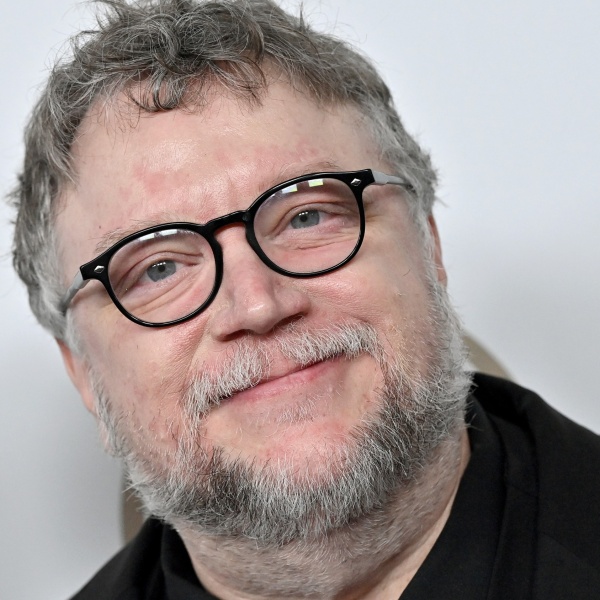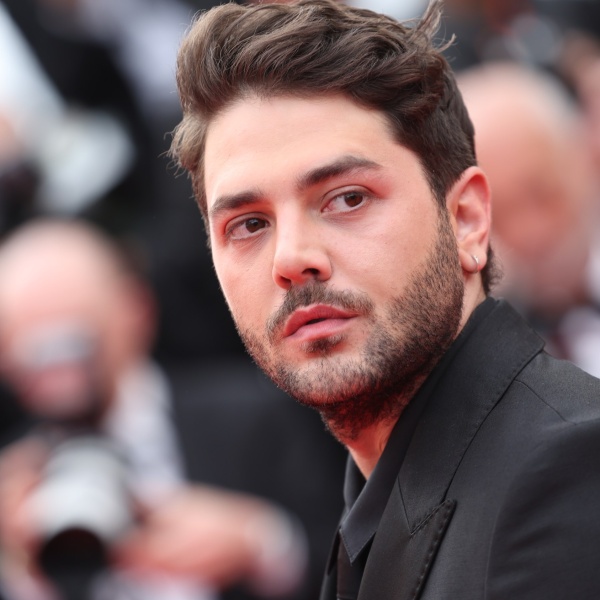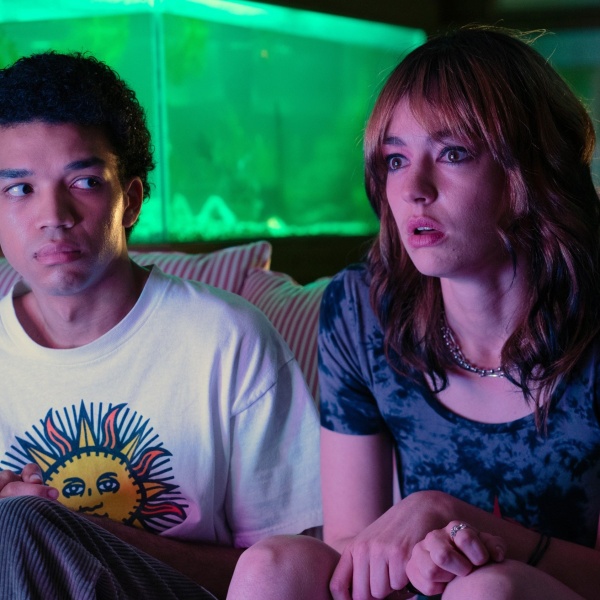“Let It Be,” the legendary 1970 Beatles documentary that has been out of circulation since the ’80s, is now streaming on Disney+ in a new restoration by Peter Jackson and his Park Road Post Production. This long-lost Beatles artifact, which inspired Jackson to dig deeper with his Emmy-winning “The Beatles: Get Back” docuseries, captures director Michael Lindsay-Hogg’s fly-on-the-wall snapshot of the Fab Four’s creatively productive yet tense studio sessions for their final two albums — “Let It Be” and “Abbey Road” — followed by their joyous rooftop concert at Apple Corps headquarters.
“Peter’s a Beatles fan par excellence and, through his investigation [for ‘Get Back’], he ended up with this wonderful giant’s mood of a movie because he had the time to do it,” Lindsay-Hogg told IndieWire. “And also because he was a great tinkerer as well, he was able to come up with visual things and audio things that I very much benefited from in ‘Let It Be.’ And I owe him. He’s always put himself out as a friend to me and to ‘Let It Be,’ and he’s never backed off that. He also understands exactly what I, as a director, had felt for the long number of years when ‘Let It Be’ could not be seen.”
After Jackson finished “Get Back,” he immediately advocated for the return of “Let It Be,” which demanded to be seen again in light of the revelations he uncovered in Lindsay-Hogg’s outtakes. Jackson meticulously restored the documentary from the 16mm negative and remastered the sound using the same MAL de-mix tech from the docuseries (music supervisor Giles Martin remixed the music using the same machine learning software that separates the tracks).
“The first day we met in Los Angeles in 2018, Peter asked me to tell him the story of what happened to ‘Let It Be,’” Lindsay-Hogg continued. “I told him how it got released a month after they broke up and how that didn’t do the picture any good. All they could see was this cataclysmic event and they brought their sadness to the theater. It really was abandoned. And not through ill will, just through those circumstances.”
While “Get Back” was the first step in rehabilitating the reputation of “Let It Be,” Jackson’s restoration completes the process. We are now better able to appreciate Lindsay-Hogg’s complex portrait of The Beatles at the height of their creative power and emotional vulnerability.

However, even though Lindsay-Hogg approved of Jackson’s digital look for “Get Back,” he requested a more filmic representation for “Let It Be” with added grain, and Jackson was happy to oblige. He also encouraged Jackson to erase the dreary look with a brighter picture, which was always his intention.
“One of the funny things about movies in the theater in those days is you were very much the victim of what light they put in the projector,” added Lindsay-Hogg. “And sometimes what you might have intended to be a bright picture, because they hadn’t replaced the bulb in the projector, it could sometimes be projected as a dark picture. But then what happened once it came off the market, the only thing available were bootlegs, which were black, gloomy with terrible sound, and no one would want their movie to be subjected to that kind of torture.”
Fast forward 55 years, and “Let It Be” is no longer the downer that it was originally perceived to be. The Beatles creatively came together, despite being pulled apart by their differences, to recapture some of the fun of their early years. A few of the highlights: Paul McCartney and John Lennon clowning around while playing “Two of Us,” performing the very personal “One After 909,” which goes all the way back to when they first met in school, as well as the Fab Four jamming to “Kansas City” with the same thrill for rock ‘n’ roll that they displayed in Hamburg.
Meanwhile, Lindsay-Hogg credited Jackson with drawing a respectful line between “Let It Be” and “Get Back,” which he called brother and sister: “For example, if he used a sequence that I’d used, he didn’t use my coverage and my cut,” he said. “He’d find another angle to do it because he didn’t want to steal from my picture to make his picture. So he found ways around that. So ‘Let It Be’ is ‘Let It Be,’ and ‘Get Back’ is ‘Get Back.’”
Lindsay-Hogg is also grateful that “Let It Be” has a second chance to find its audience. For him, it was always about “the interaction between [The Beatles], their struggle to create, and the joy on the rooftop.”
